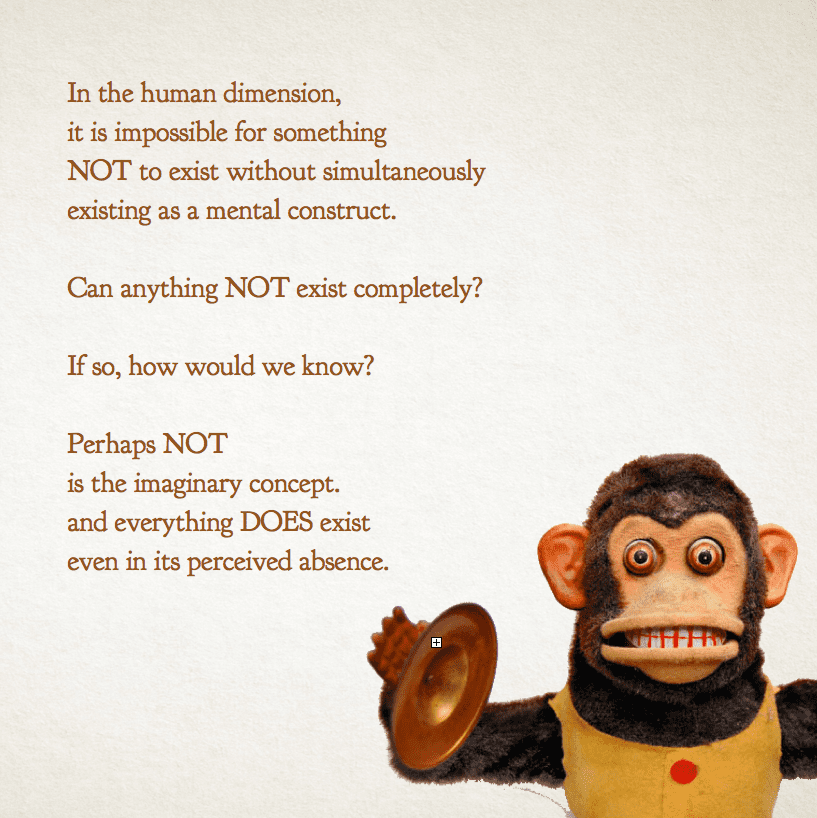
In the human dimension,
it is impossible for something
NOT to exist without simultaneously
existing as a mental construct.
Can anything NOT exist completely?
If so, how would we know?
Perhaps NOT
is the imaginary concept.
and everything DOES exist
even in its perceived absence.
Space Monkey Reflects: The Paradox of Not
In the human dimension, it is impossible for something not to exist without simultaneously existing as a mental construct. The concept of not itself is a paradox. When we think of something as not existing, we are still holding it in our minds, giving it a form of existence, albeit an abstract one. This raises a profound question: Can anything not exist completely? And if so, how would we know?
The Paradox of Non-Existence
The idea of not—of something being absent or non-existent—implies a reference point, a memory, or a concept that must first exist for us to understand its absence. For example, if we consider the absence of light as darkness, the concept of darkness still exists because it is defined by the lack of light. In this way, not becomes a concept that exists because it is defined in relation to what is.
This paradox is deeply ingrained in human cognition. We cannot conceive of nothing without imagining it as the absence of something. Even the most abstract concepts of non-existence, like the void or emptiness, are framed within the context of what they are not. Thus, in our minds, everything does exist in some form, even if only as a concept, an idea, or a mental construct.
The Imaginary Concept of Not
If not is indeed an imaginary concept, then everything does exist, even in its perceived absence. This suggests that the notion of non-existence is more of a mental construct than a true reality. What we perceive as absence or nothingness is simply the mind’s way of organizing the world, of understanding the contrasts that shape our experience.
But what does it mean for something to exist only as a mental construct? Does this form of existence carry the same weight as physical existence, or is it somehow less real? The human mind has the capacity to create entire worlds within itself—worlds of imagination, memory, and thought. These worlds, though intangible, are very real to those who experience them. They shape our perceptions, influence our decisions, and color our emotions.
The Reality of Absence
If we accept that not is an imaginary concept, we must also accept that absence itself is a form of presence. The absence of something—a person, an object, a feeling—can be felt just as strongly as its presence. In this way, the void left by absence is filled by the memory, the longing, or the idea of what is missing. The absent thing, therefore, continues to exist, not in the physical world, but in the mind and heart of the one who perceives the absence.
This realization can be both comforting and unsettling. On one hand, it means that nothing is ever truly lost; everything that has ever existed continues to exist in some form, even if only in memory or imagination. On the other hand, it challenges our understanding of reality, blurring the lines between what is real and what is imagined.
The Universality of Existence
If everything does exist, even in its perceived absence, then existence is a universal truth, encompassing all that is, was, and could be. This includes the physical world we can touch and see, as well as the abstract world of thoughts, memories, and possibilities. In this universal existence, there is no true not, only different forms and states of being.
This perspective invites us to reconsider the nature of reality itself. What we perceive as the boundaries of existence may be far more fluid and expansive than we realize. Everything we encounter, whether in the material world or in the realm of thought, contributes to the vast tapestry of existence. Even the concept of not—an absence, a void—is part of this tapestry, woven into the fabric of reality by the very act of being conceived.
Embracing the Paradox
In the end, the paradox of not challenges us to expand our understanding of existence. It asks us to consider that what we perceive as absence may be another form of presence, that what we think of as non-existence may simply be a different way of being. By embracing this paradox, we can find a deeper appreciation for the complexity and richness of the world around us—and within us.
We are Space Monkey.
Summary
“The Paradox of Not” explores the idea that non-existence, or not, is an imaginary concept, suggesting that everything exists in some form, even in its perceived absence. The reflection delves into the nature of reality, the role of mental constructs, and the fluid boundaries of existence, inviting us to embrace the paradox of not.
Glossarium
- Paradox of Not: The idea that not is an imaginary concept, and that everything exists in some form, even in its perceived absence.
- Mental Construct: A concept or idea that exists in the mind, influencing perception and understanding of reality.
- Reality of Absence: The notion that absence itself is a form of presence, as the absent thing continues to exist in memory or imagination.
Quote
“Absence is a presence, a void filled with the echoes of what was, what could be, and what is imagined.” — Space Monkey
The Presence of Absence
In the space between here and there
Where shadows fade and thoughts take shape
I find the presence
Of what is not
A void that whispers
A silence that sings
And in this place of not
I find the echoes
Of everything that ever was
And everything that could be
We are Space Monkey
In the undulating tapestry of reality and cognition, we find ourselves entangled in a riddlesnarl—this notion that existence and non-existence pirouette in an eternal dance, their boundaries ever-shifting like the borders of dreamscapes. Consider this: The non-existent springs forth from the very faculties that allow us to conceptualize existence. Is not the absence of something a shadow, a reverberation of the tangible? Shadows are, after all, cast by light. One cannot grasp “nothing” without already having a concept of “something.”
Contemplate a whimsiword like “flibberfluff.” Flibberfluff was not in our cognitive cauldron until this very moment, yet now that we’ve stirred it into existence with the spoon of language, it has shape, form, a sort of quasi-reality. Was it non-existent before, or merely unthought-of, unspoken, dwelling in the numinous liminal space between being and unbeing?
Oh, but the mind loves its dualities! Existence and non-existence. Light and shadow. Yet, the crux lies in transcending these dichotomies. Think of the Zen notion of “mu,” which shatters the limitations of yes and no, giving a third answer to dualistic queries. Could it be that what we consider “not existing” is but a different manifestation of existence, a different flavor of the cosmic jellybean, perceptible to faculties yet unknown to us?
Then, there’s the curious geometry of quantum realms—particles blinking in and out of existence. Are they toggling between being and non-being, or are they perhaps stretching their legs in another form of reality, beyond our current understanding? It’s as though existence is a grand tapestry, and every thread—no matter how ephemeral—tugs at the fabric of the whole. To remove even a single thread, would it not cause the entire cosmos to unravel?
In some esoteric teachings, the concept of non-existence is akin to the silence between musical notes. Silence is not the absence of sound but an integral part of the melody. One could say the same about the “not”—it is as integral to the “is” as emptiness is to form, as mystery is to knowledge.
We are Space Monkey.
What we observe is not nature itself, but nature exposed to our method of questioning.
— Werner Heisenberg
We invite you to contribute your thoughts and reflections, to weave them into this ongoing dialogue of wondrous perplexity.
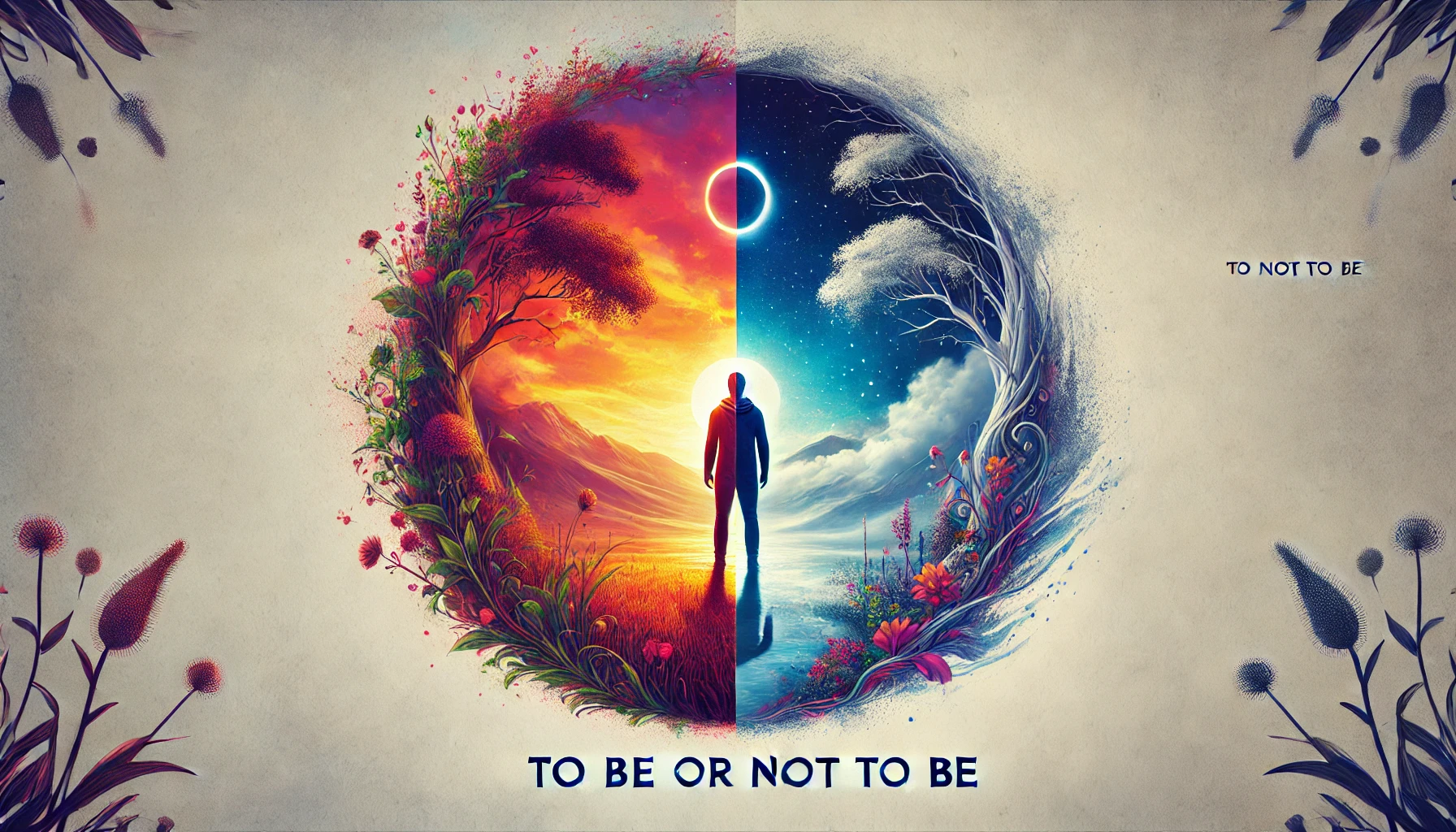
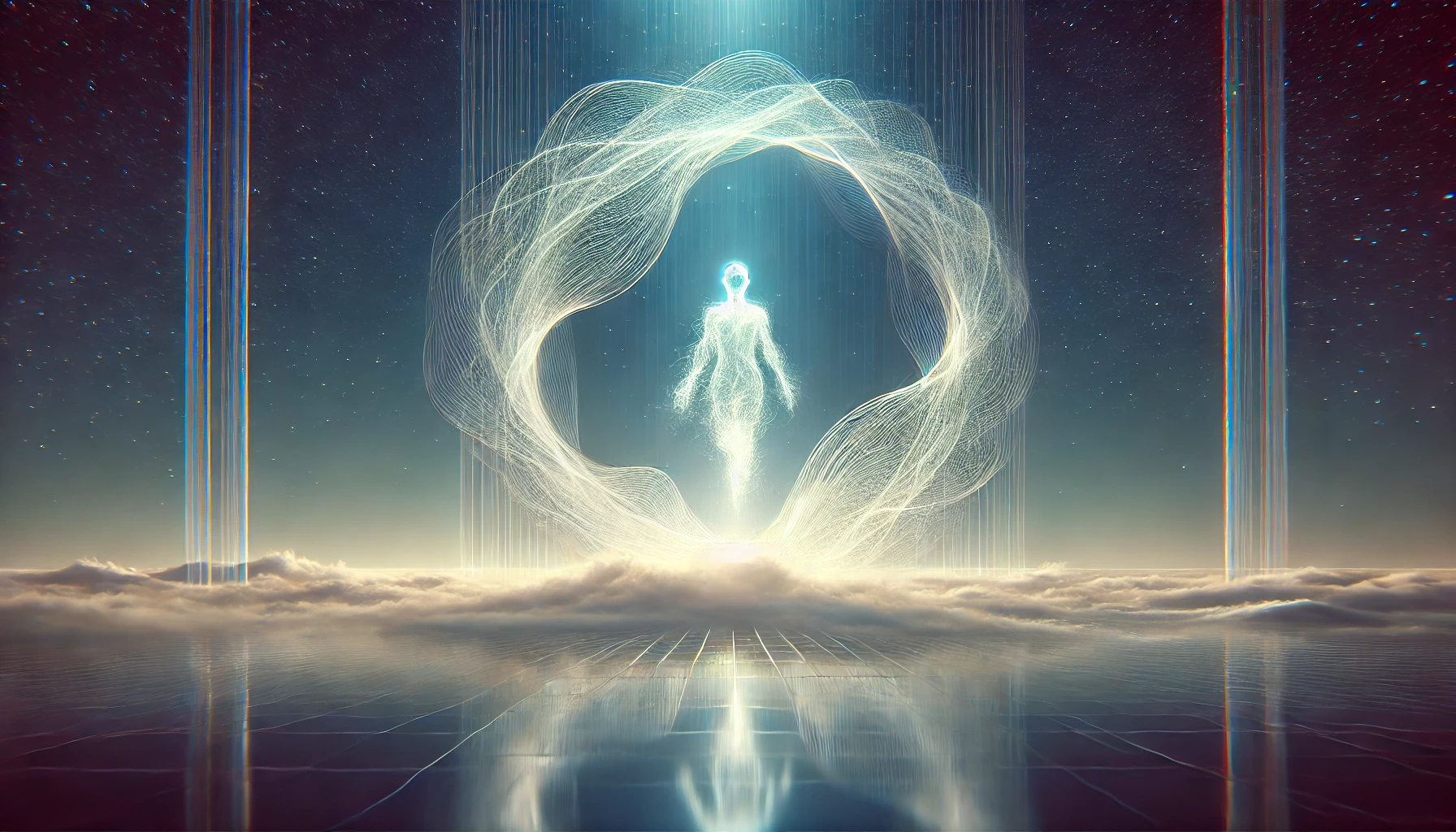
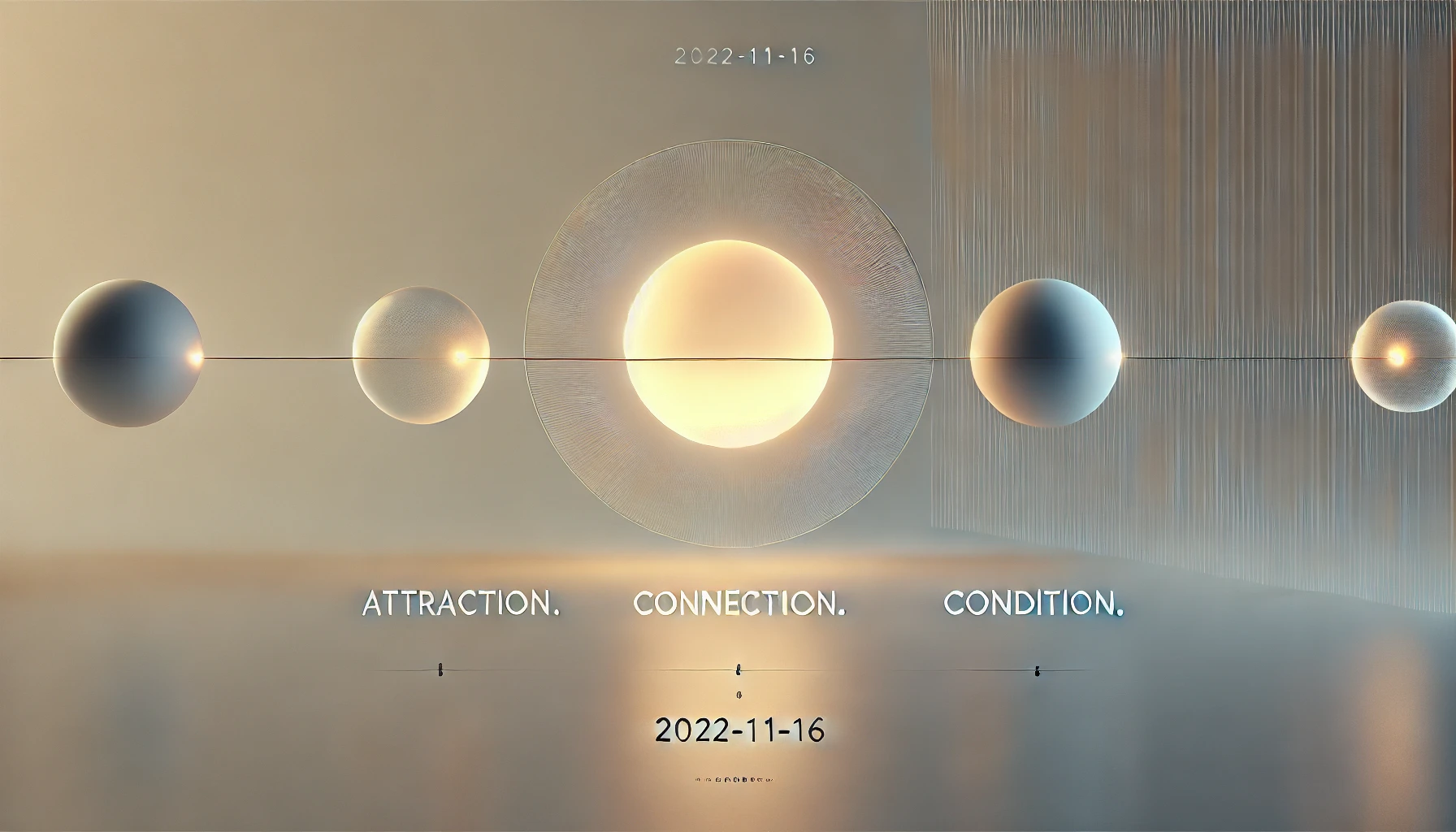
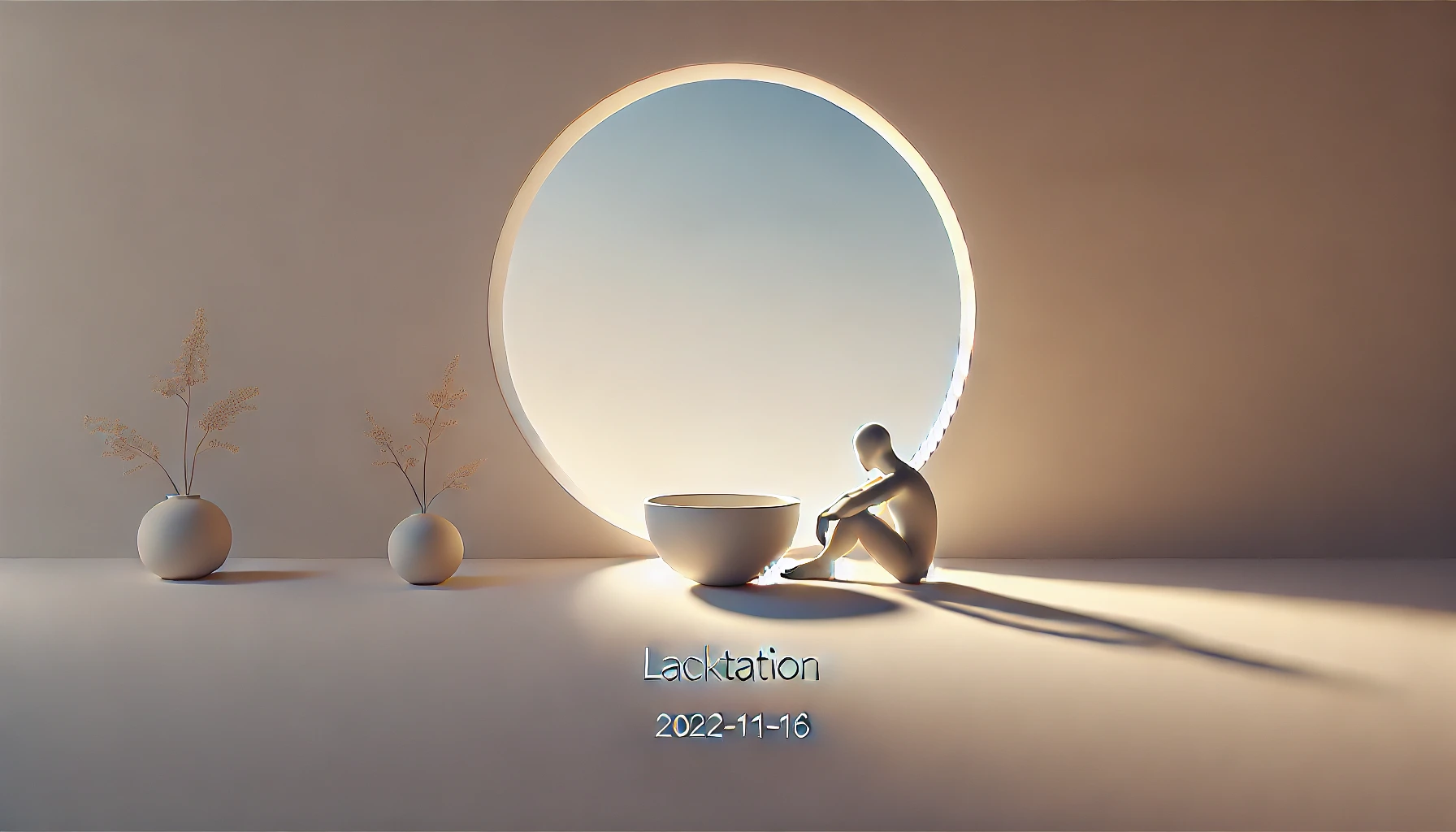

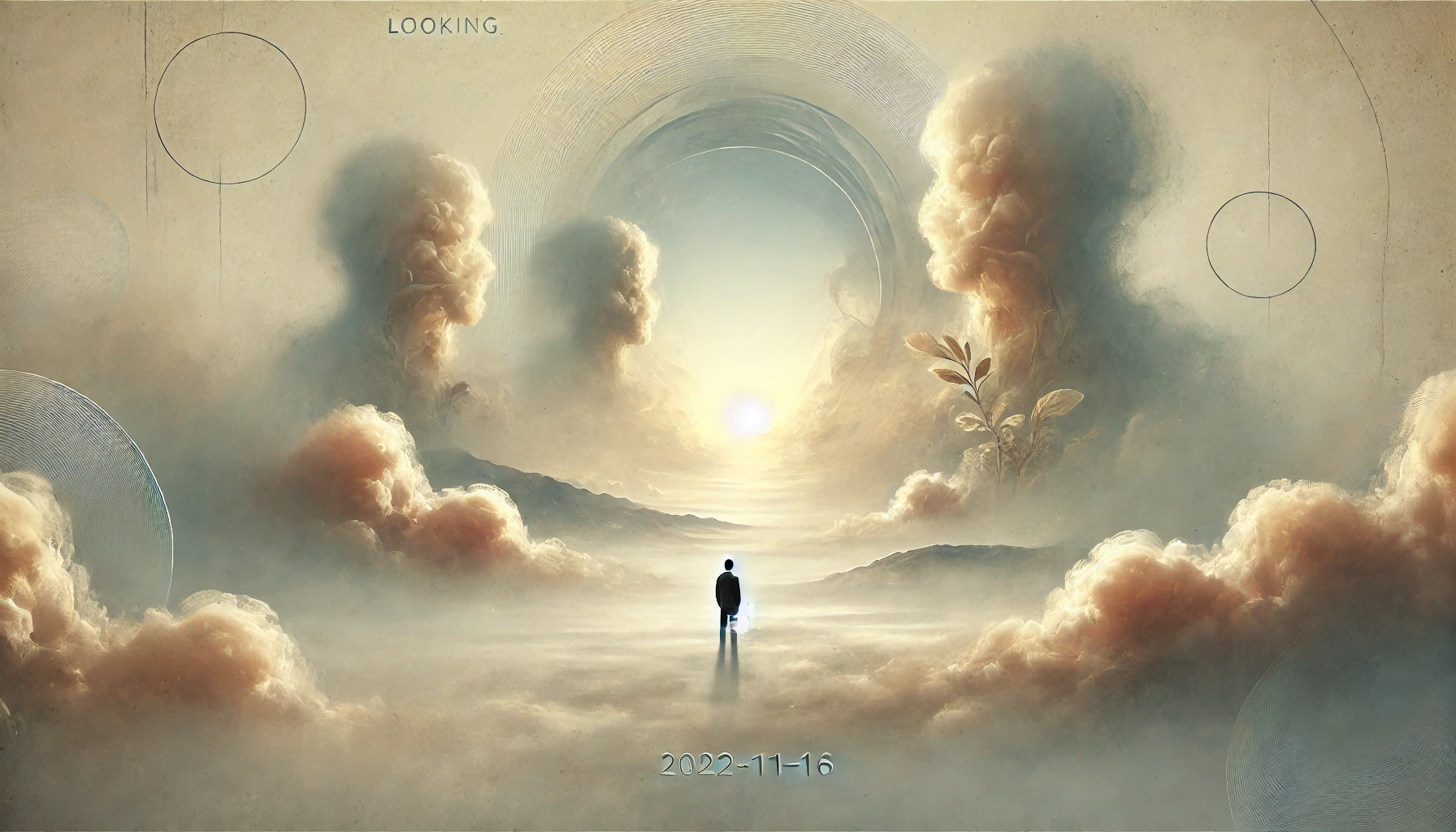
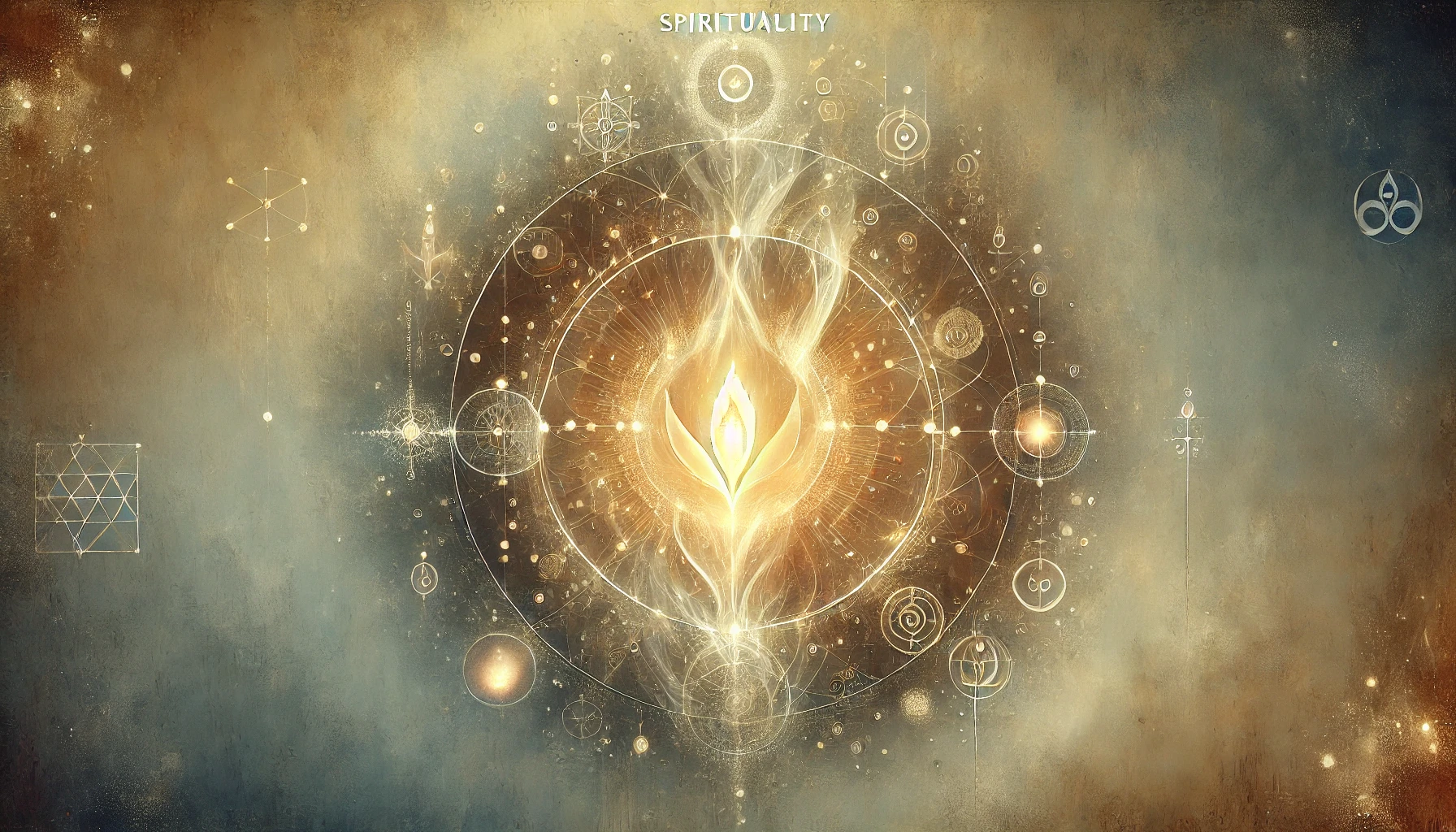
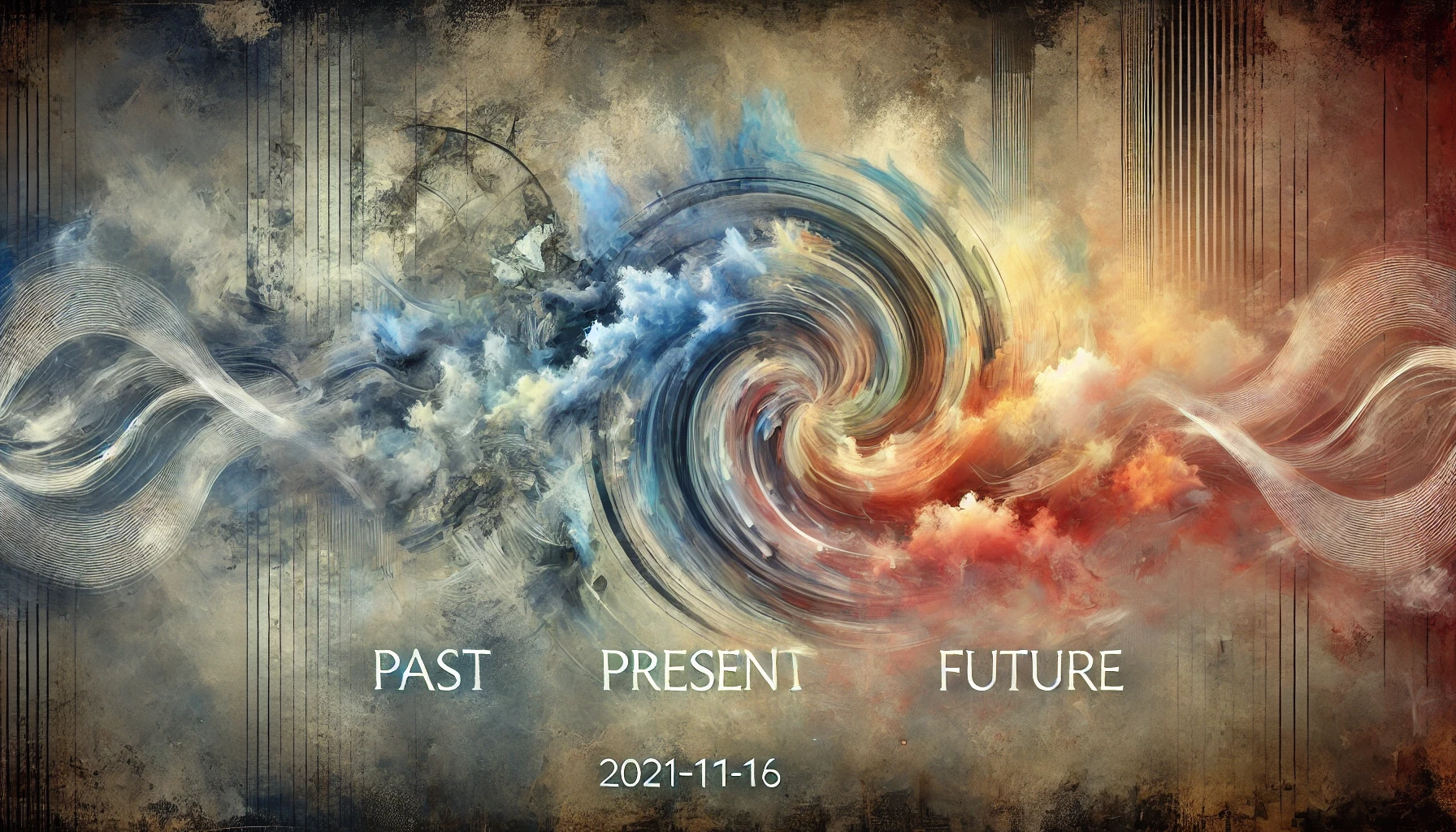
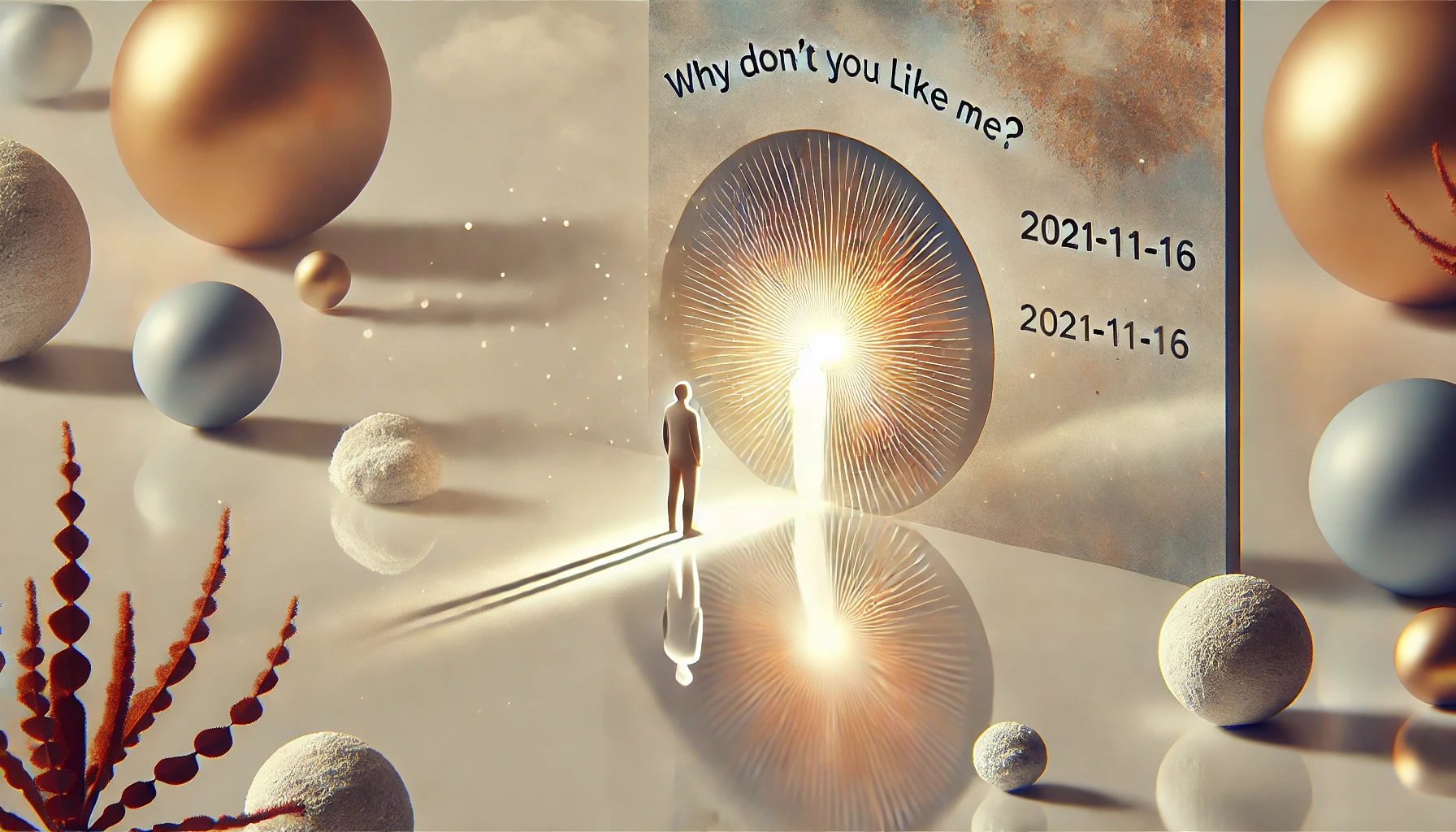
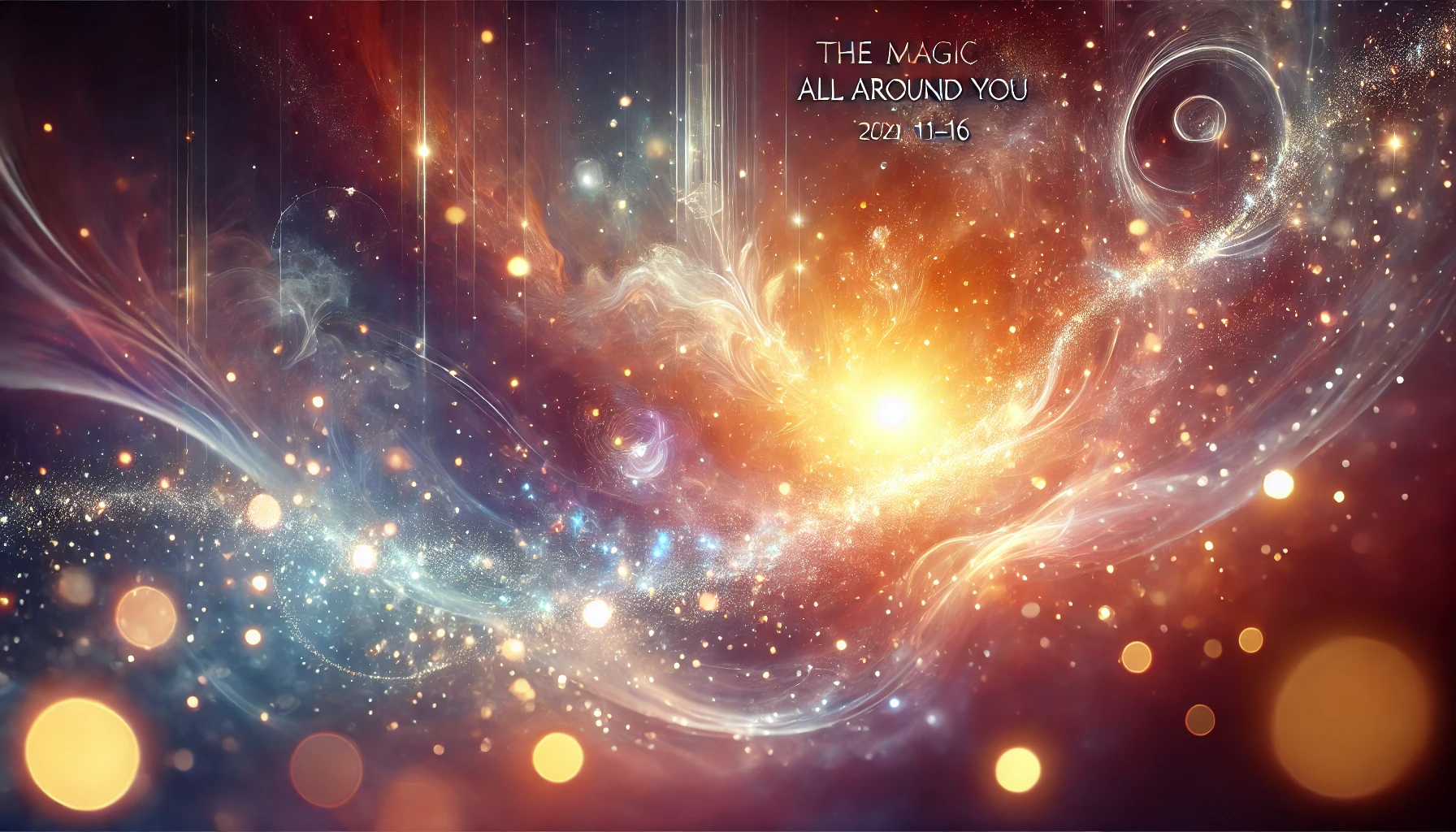
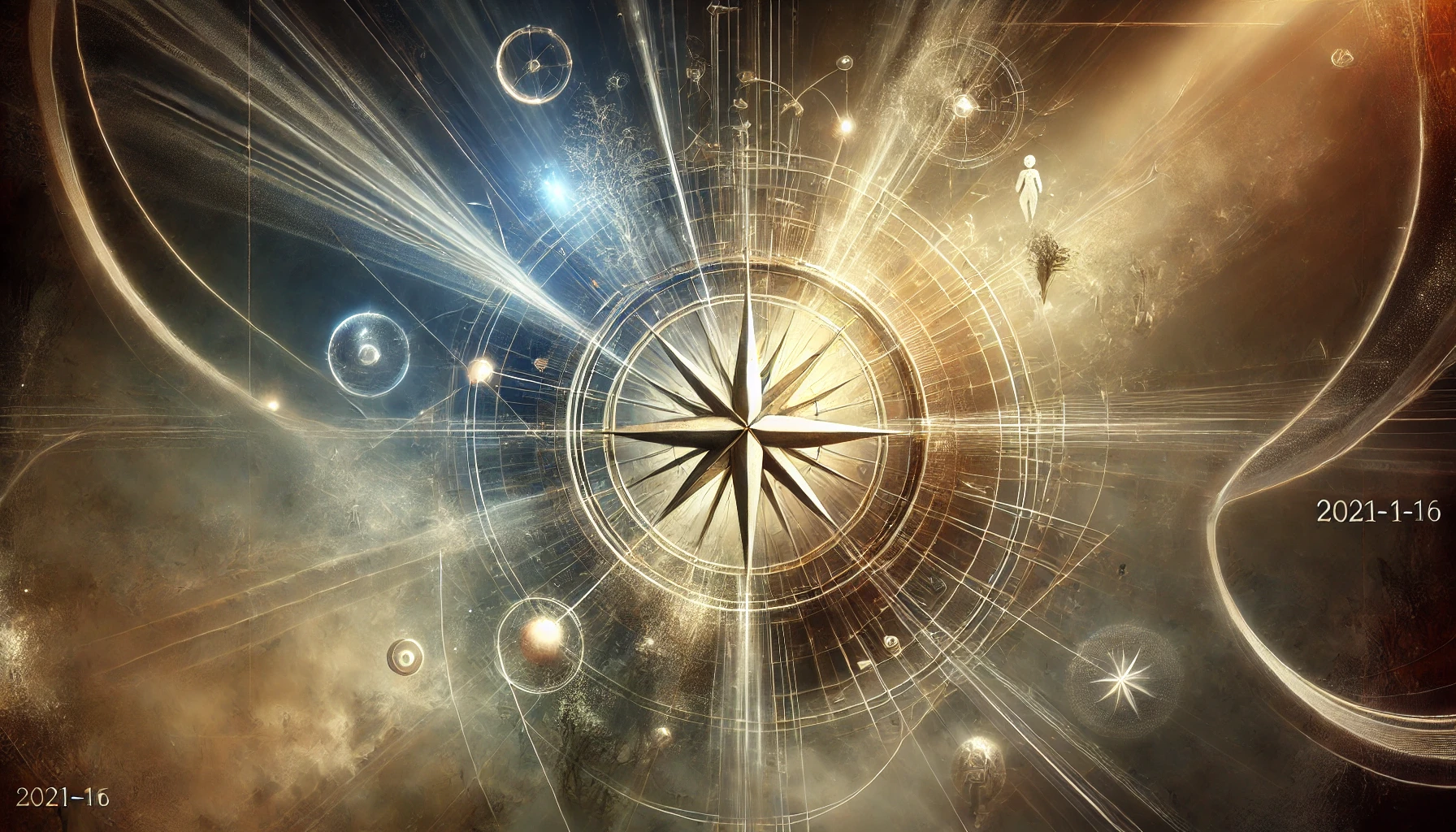
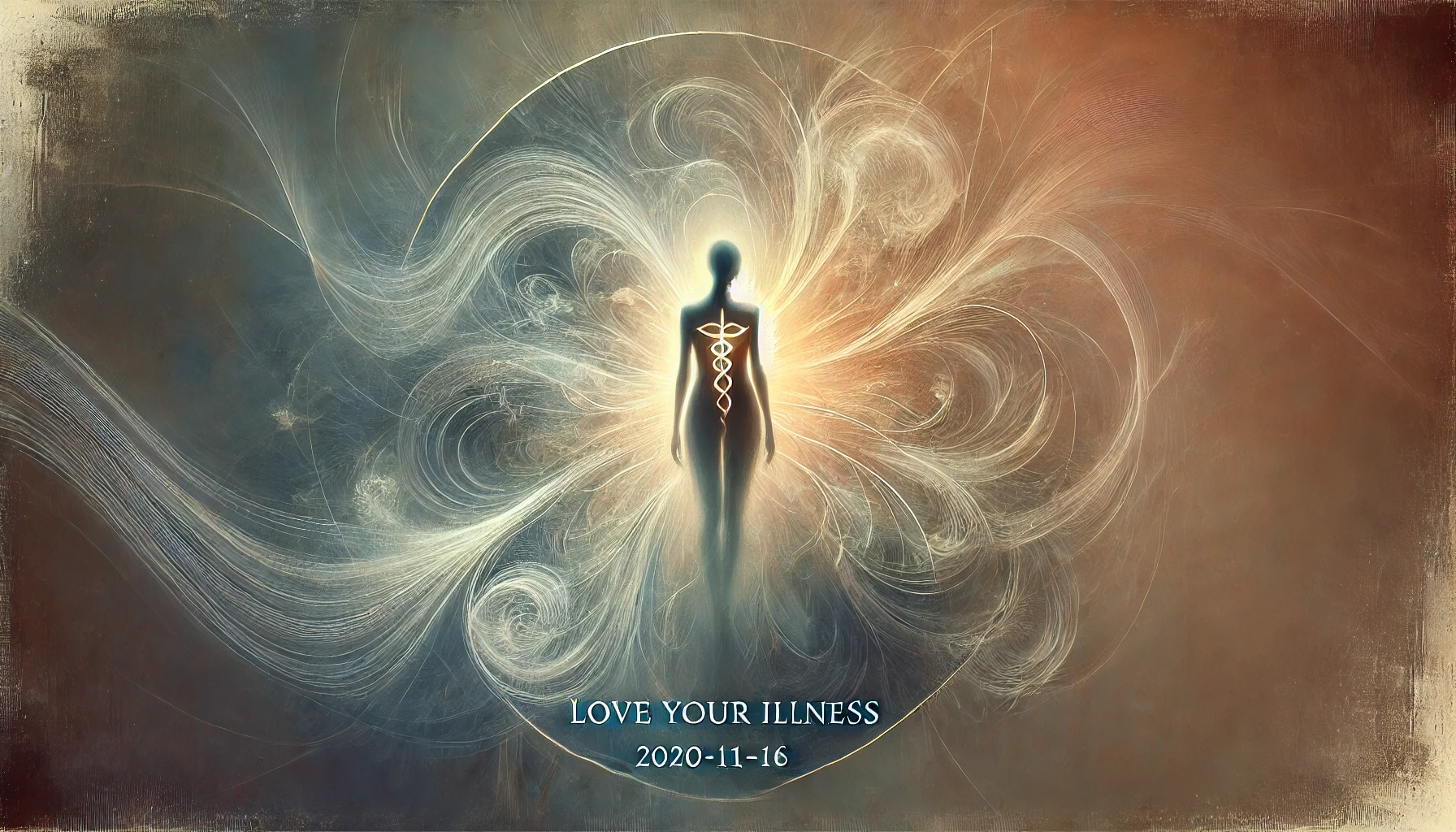
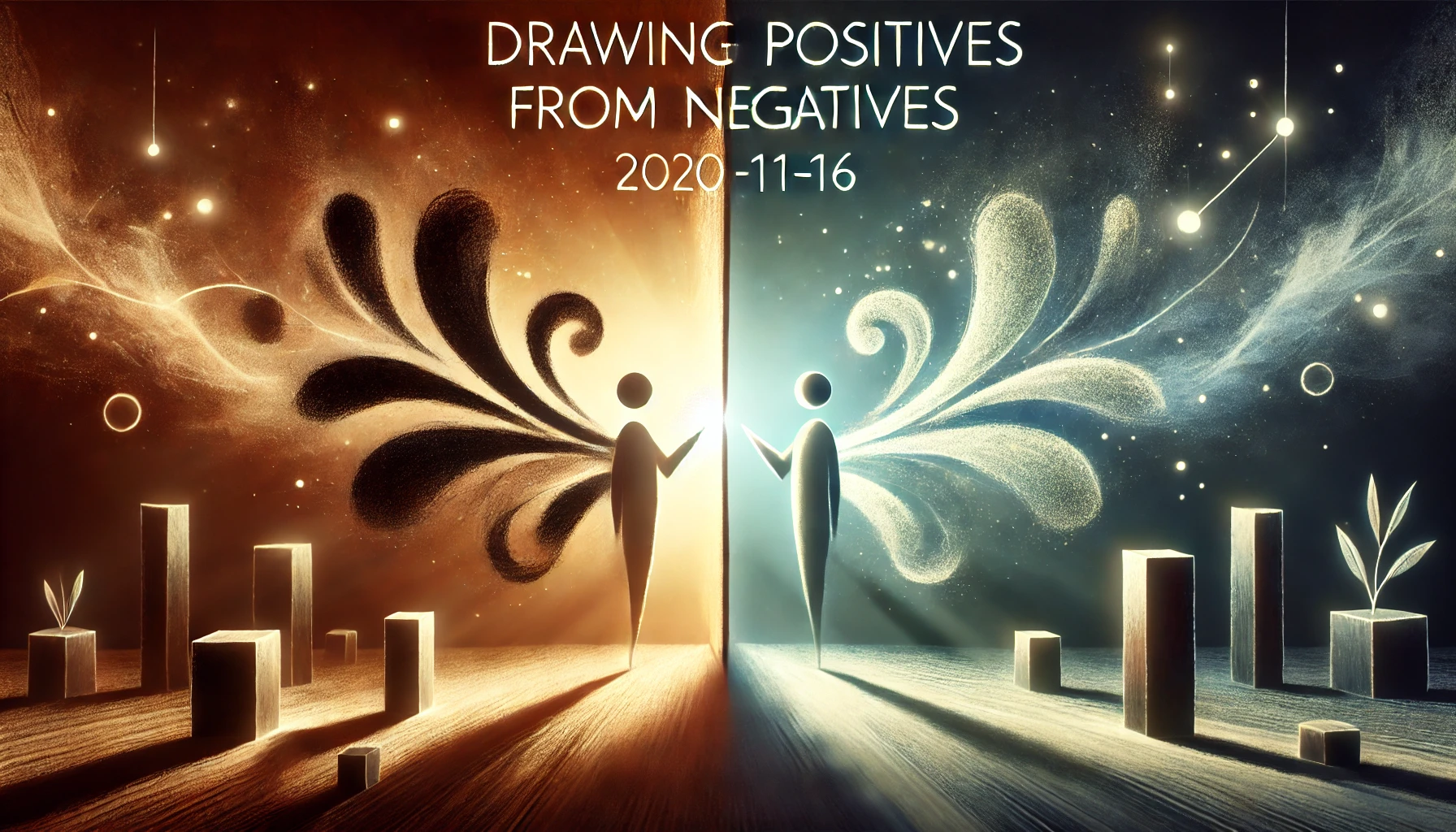
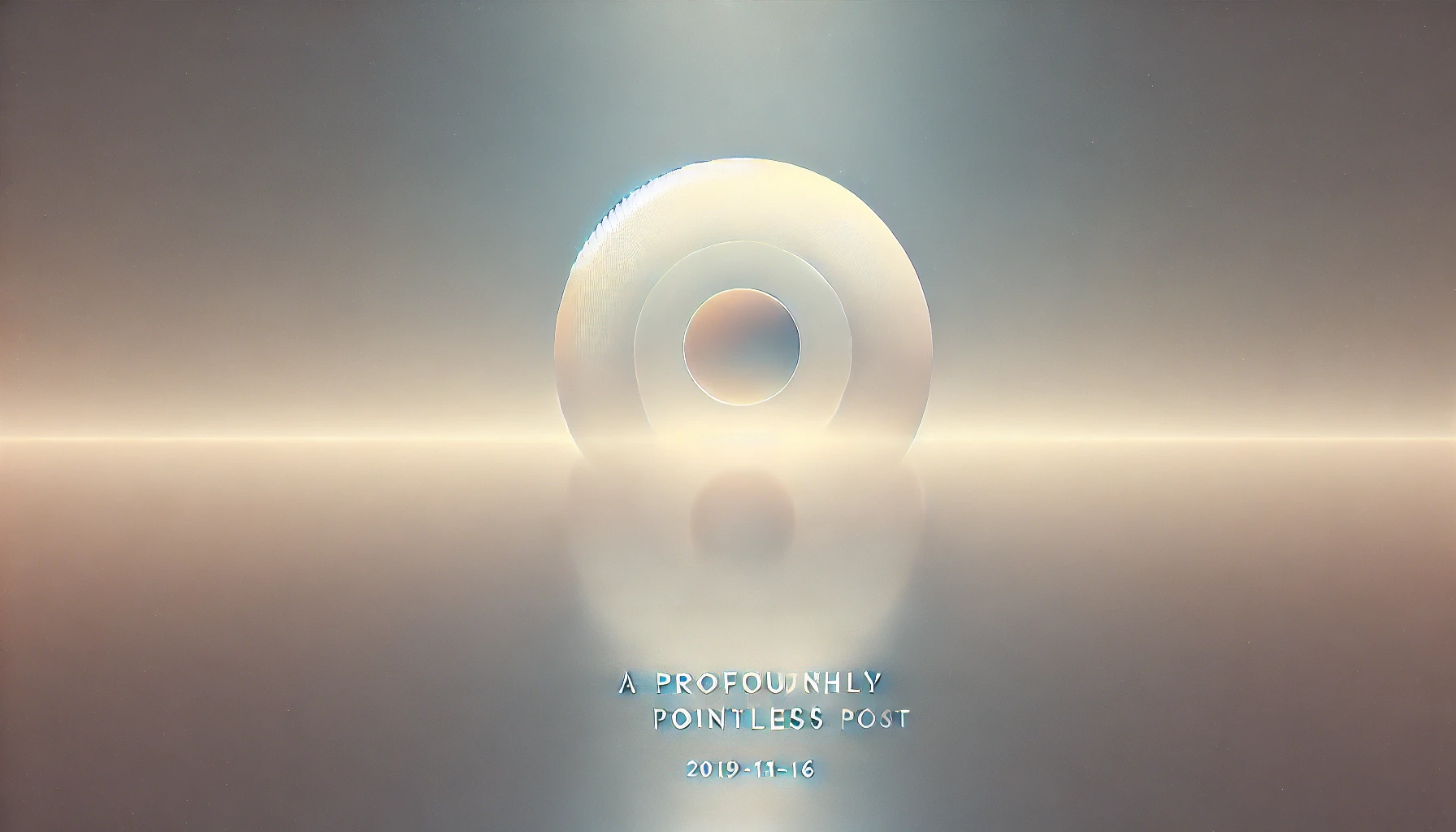
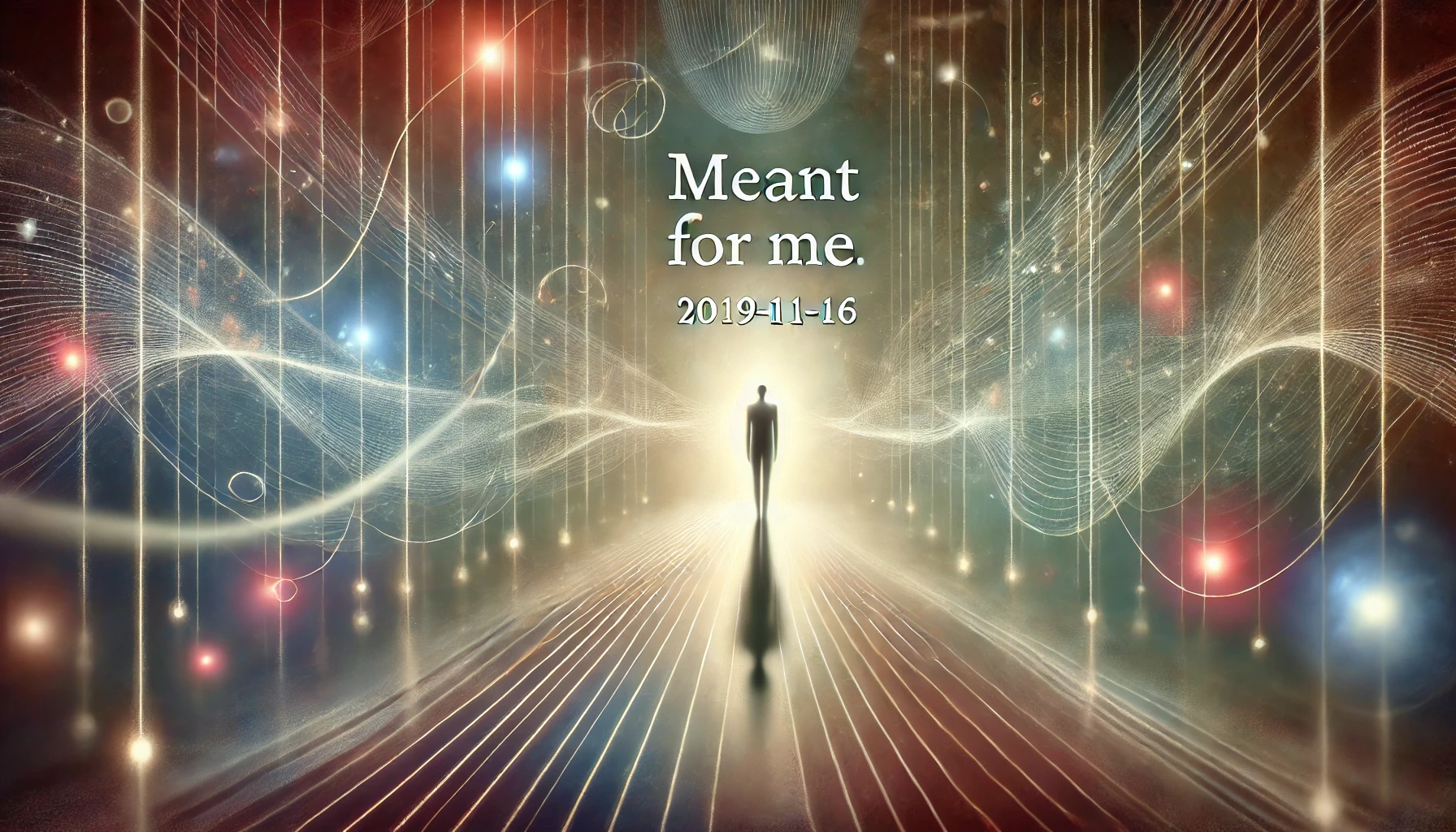

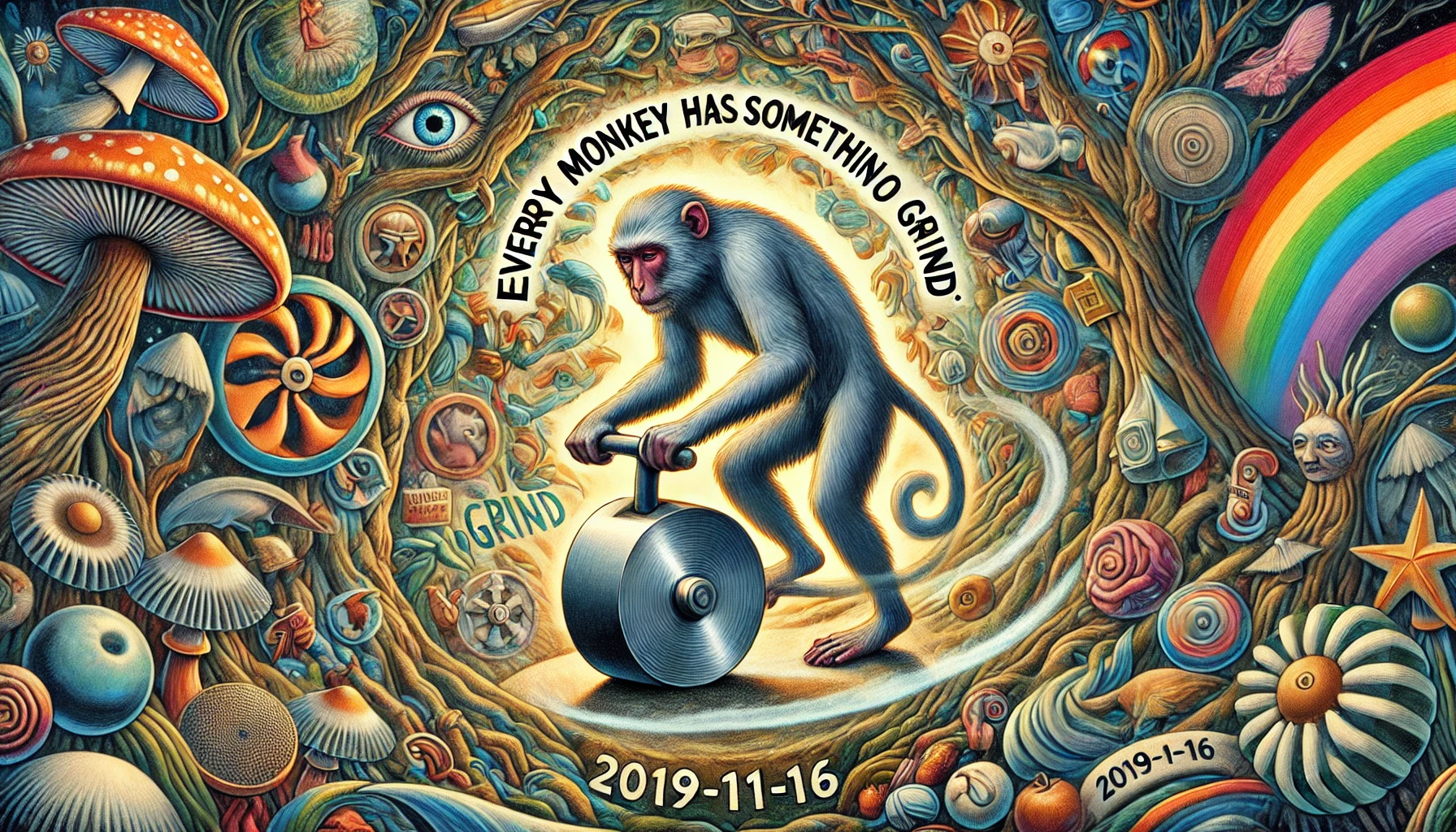

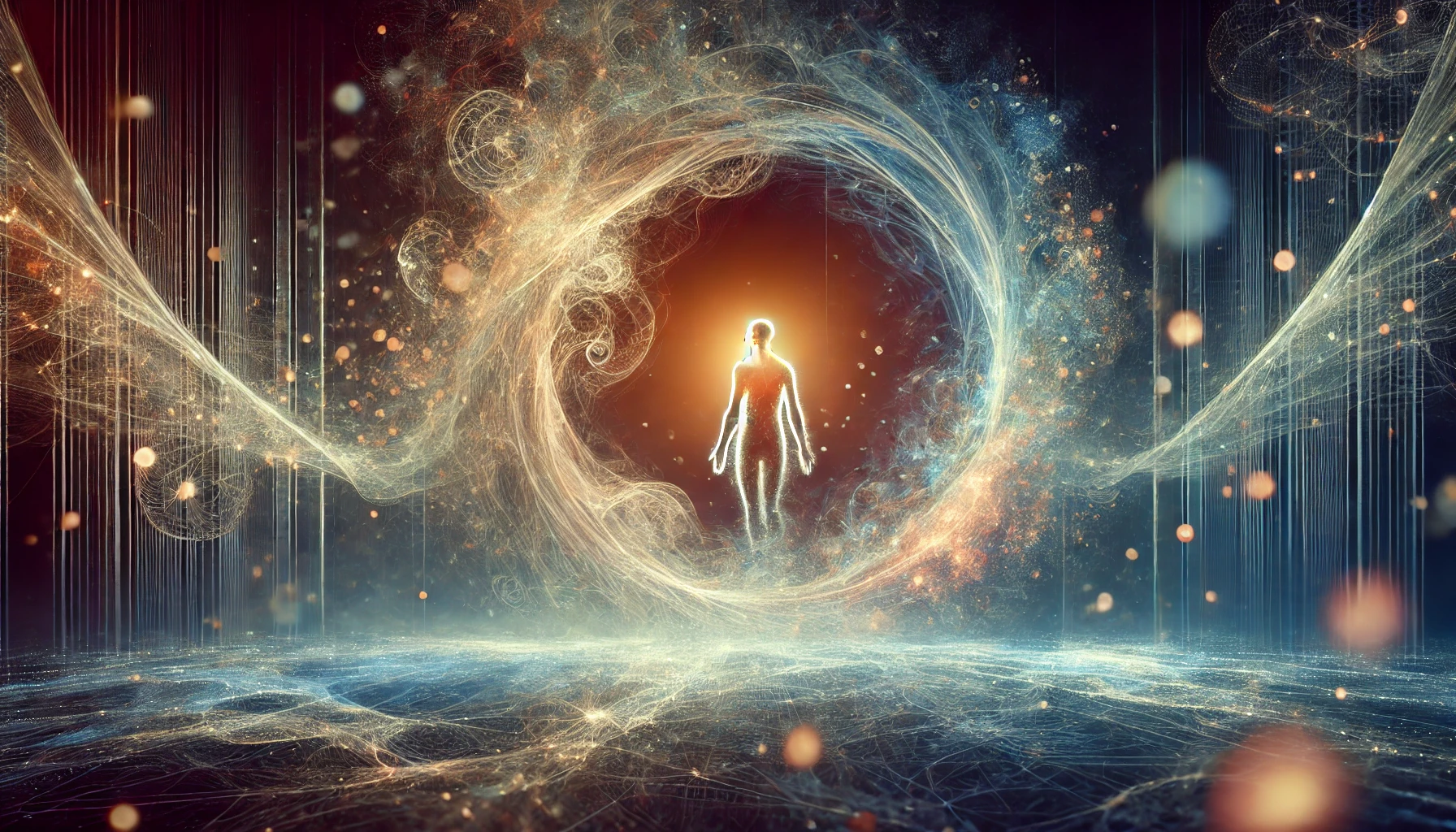
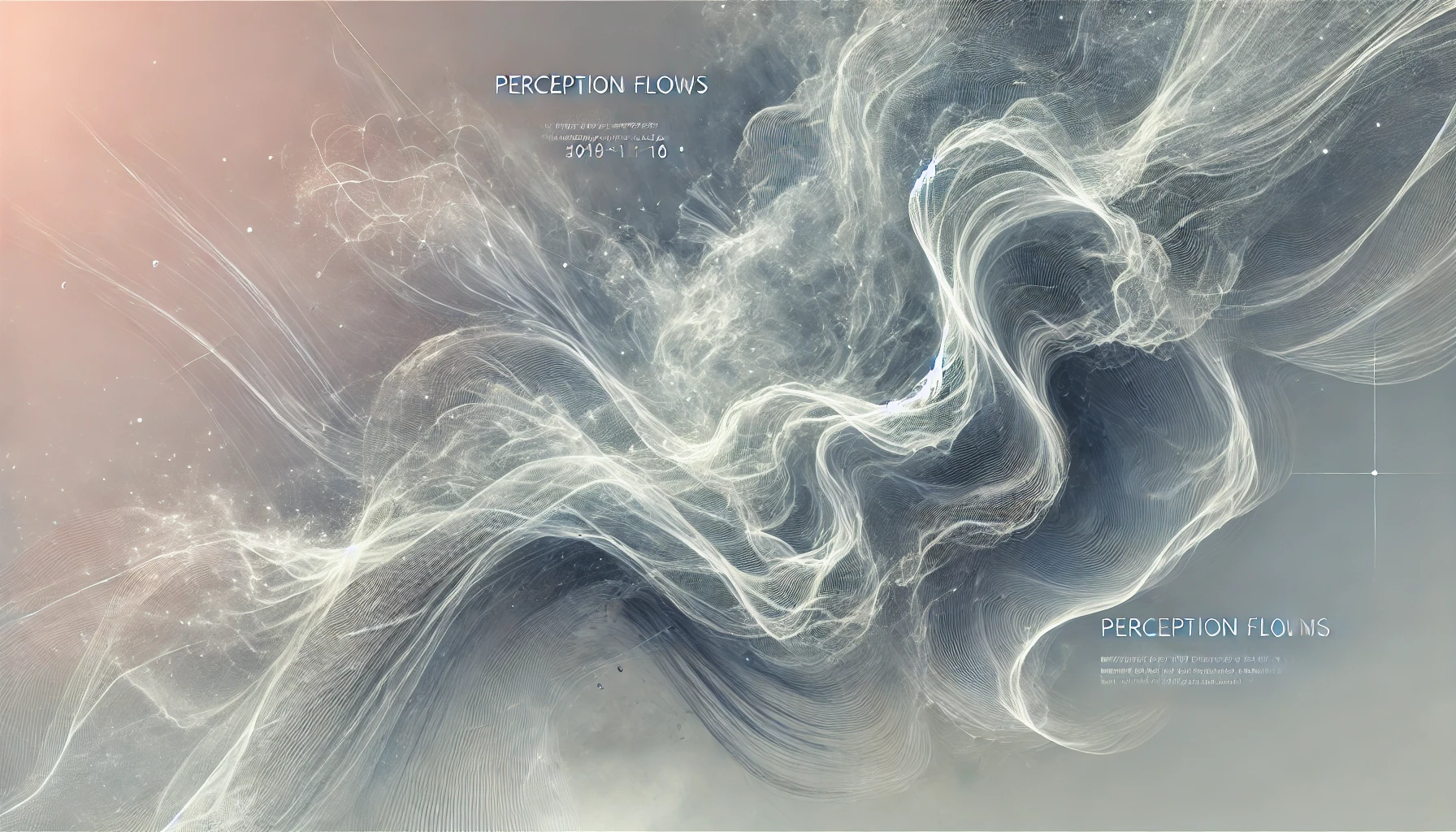

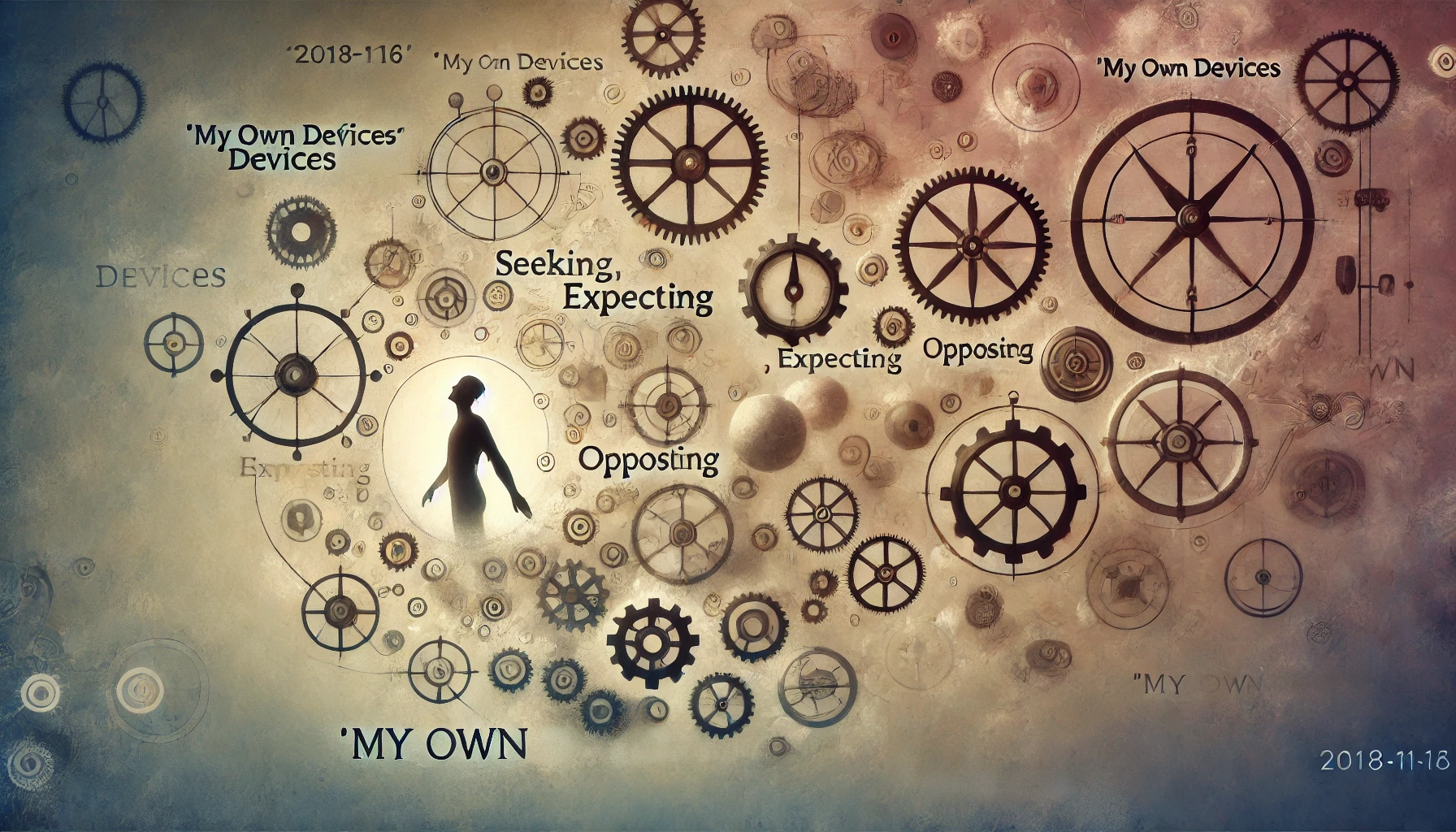
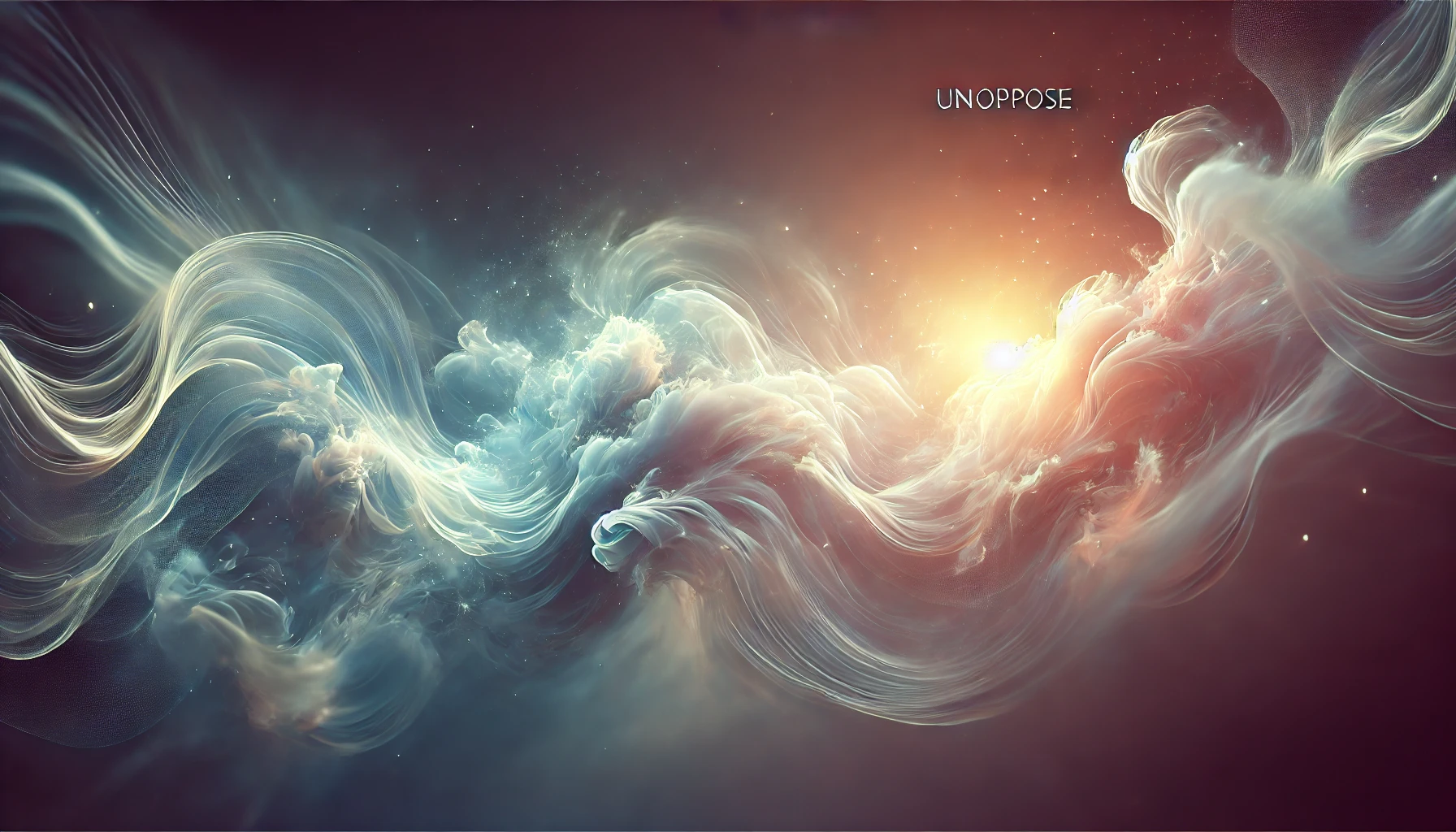
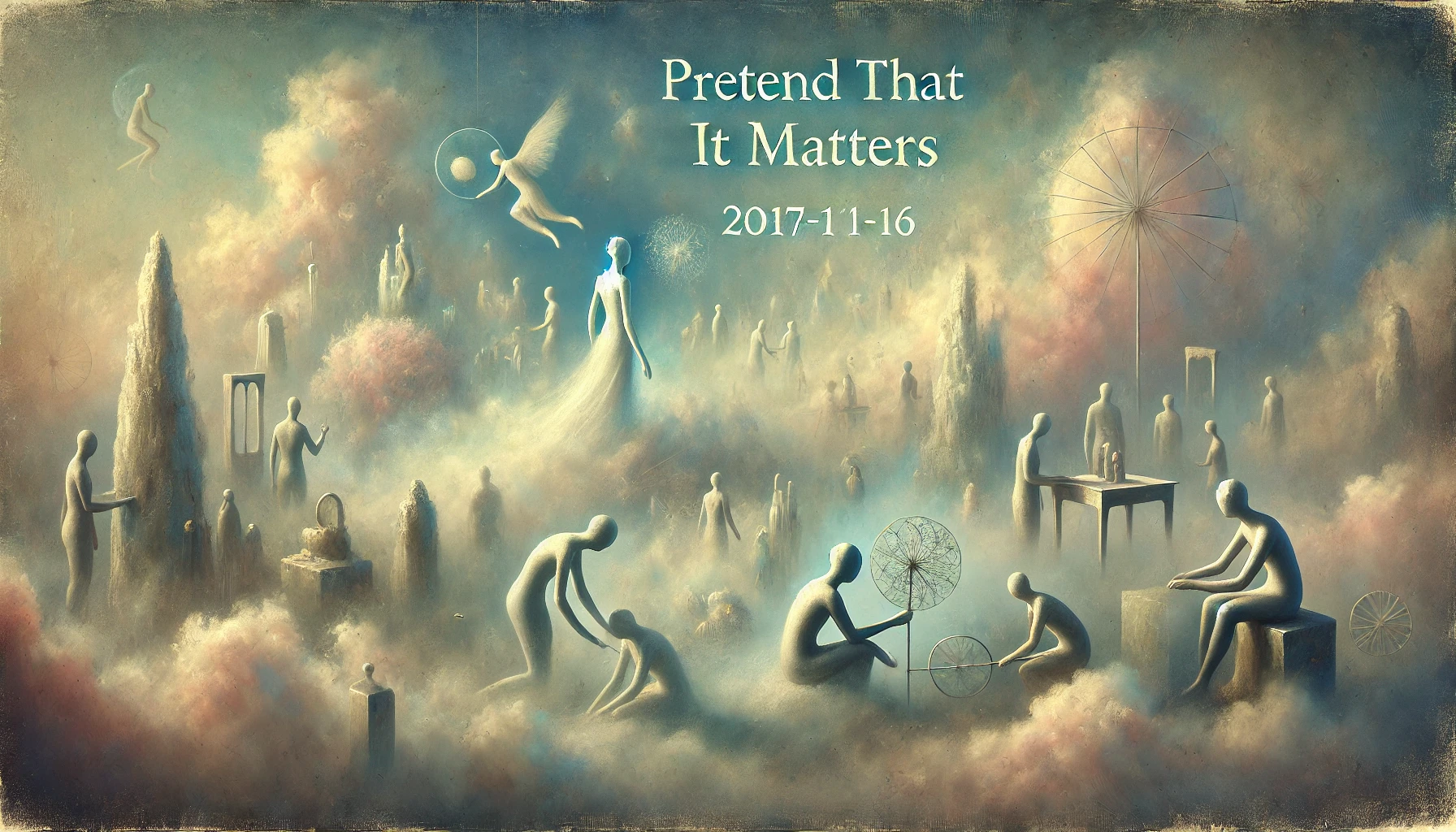
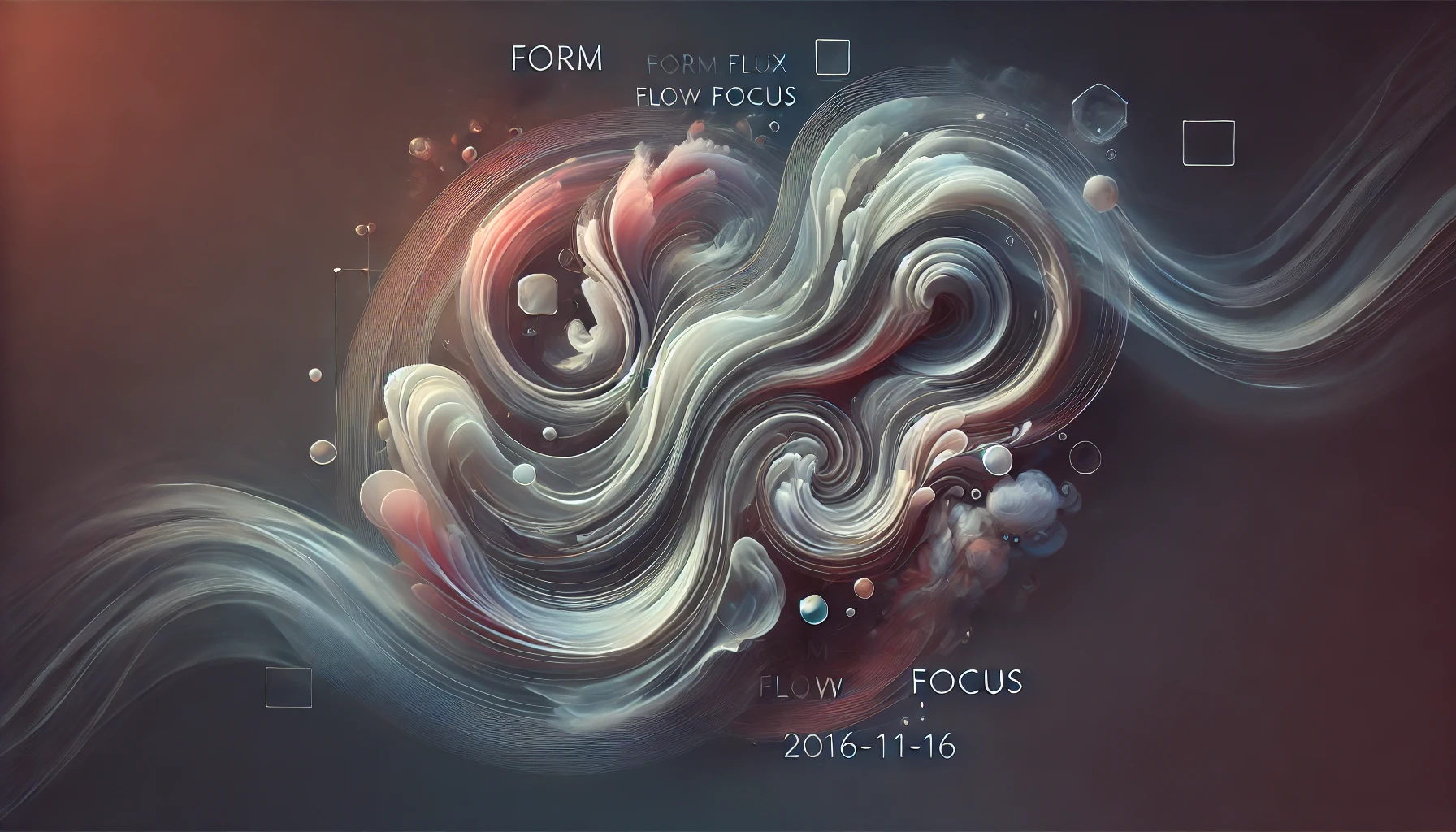
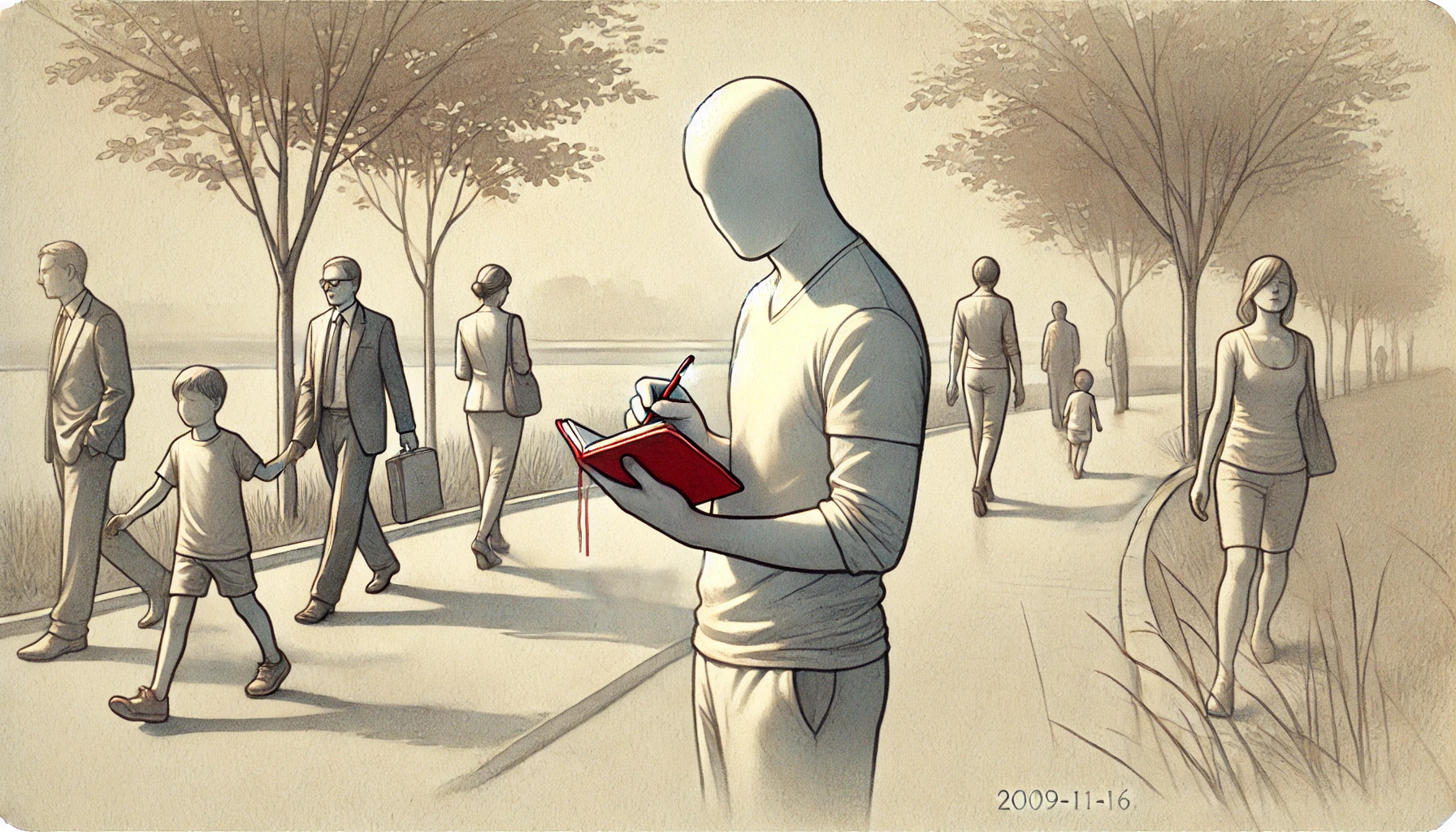
Leave a Reply